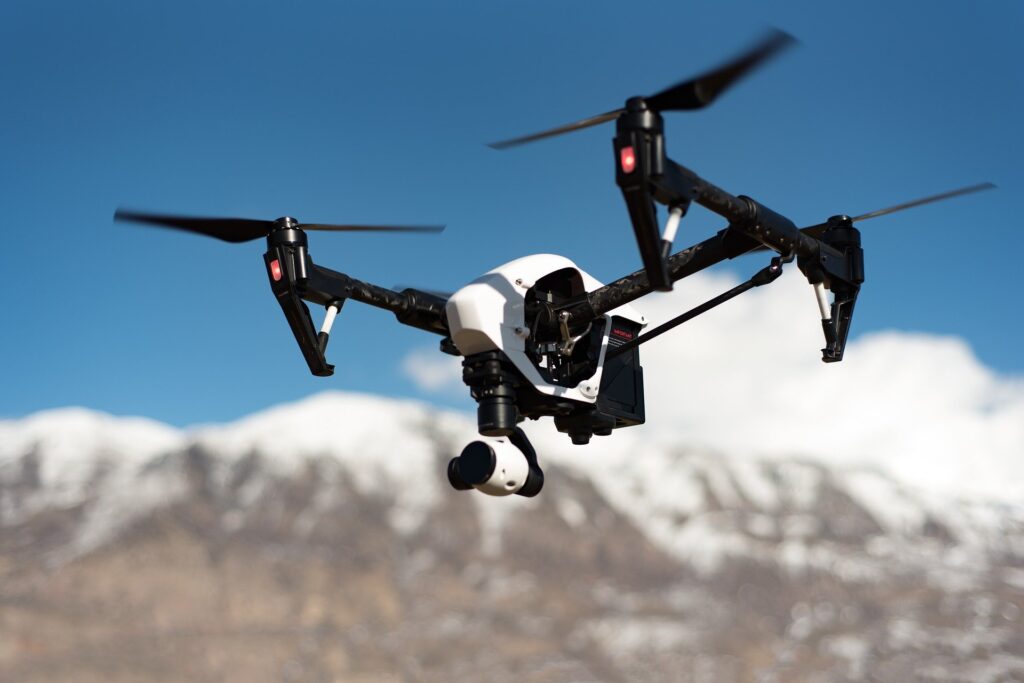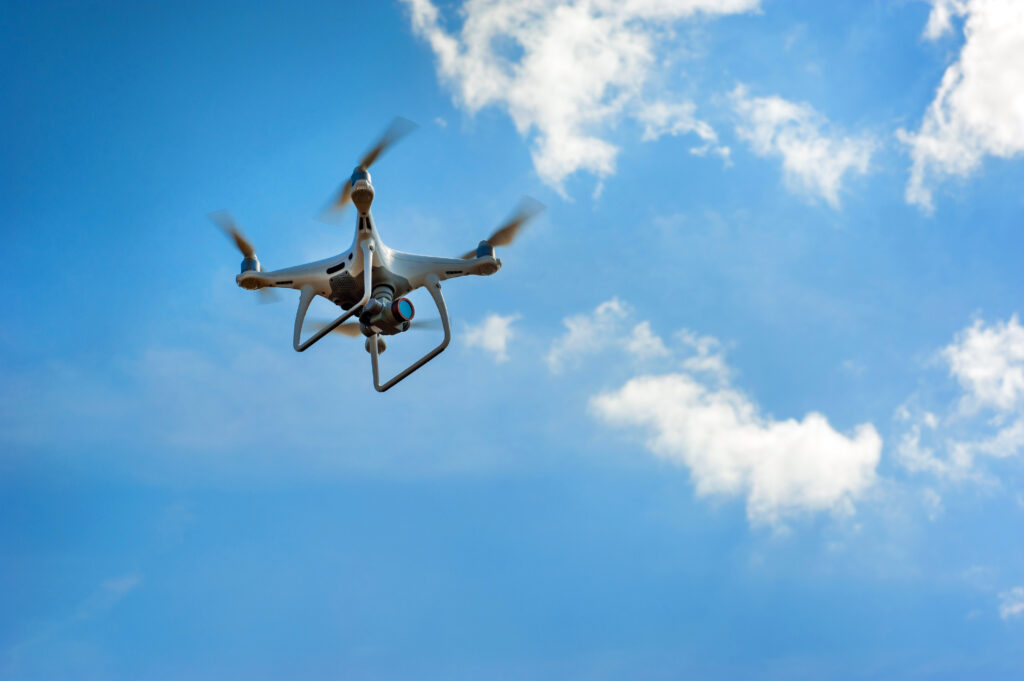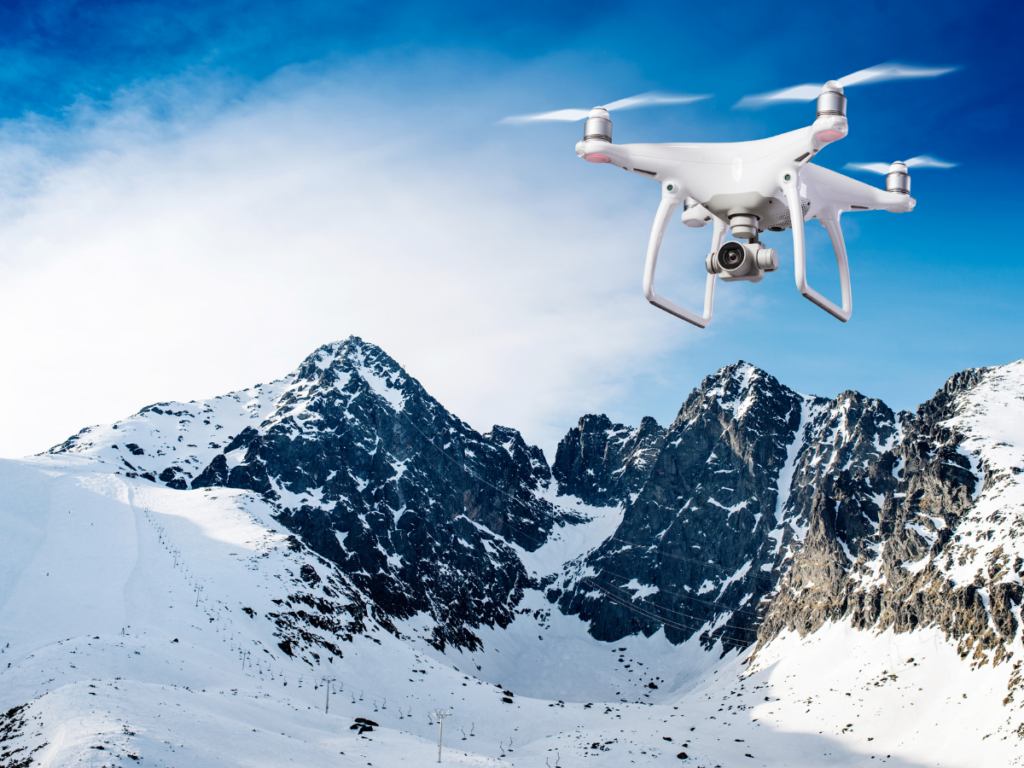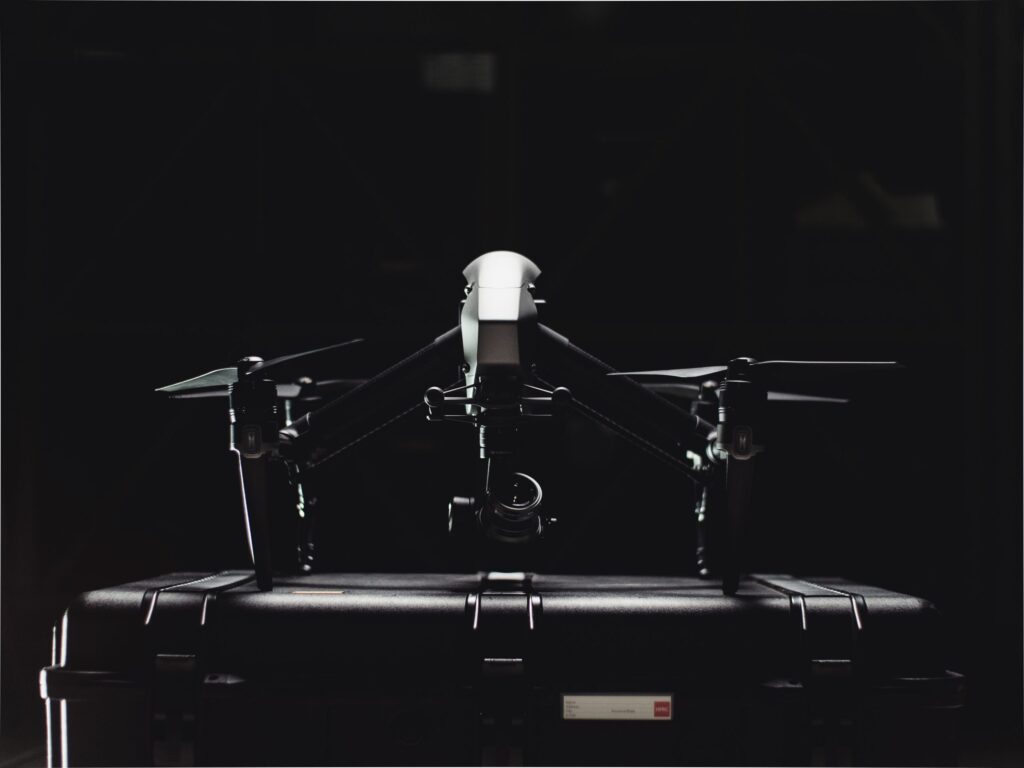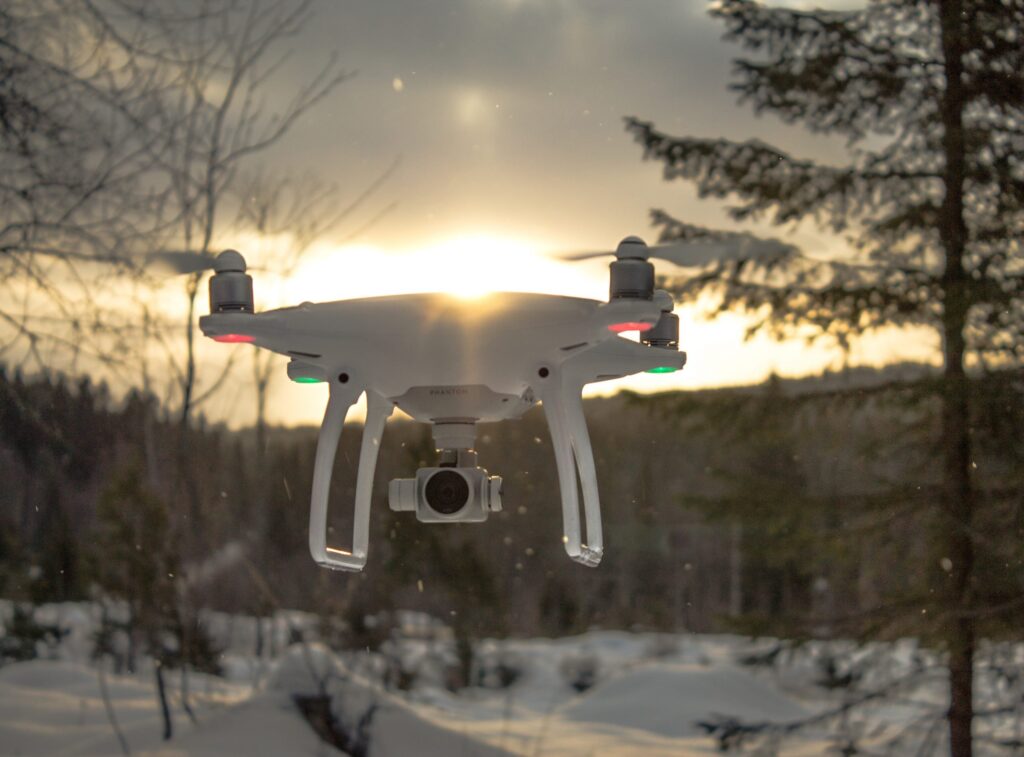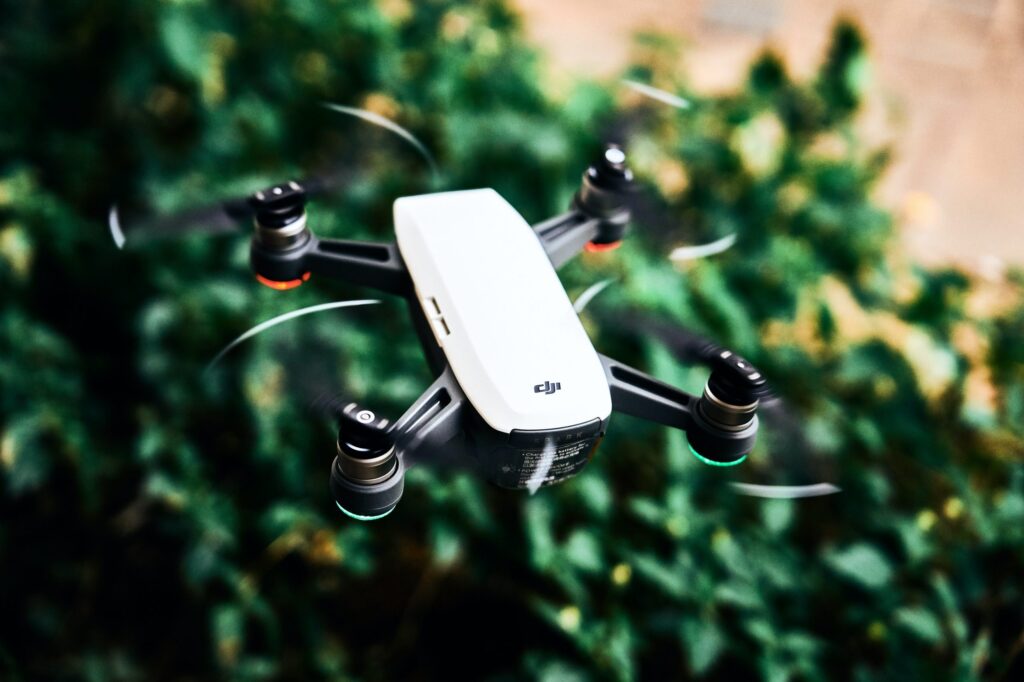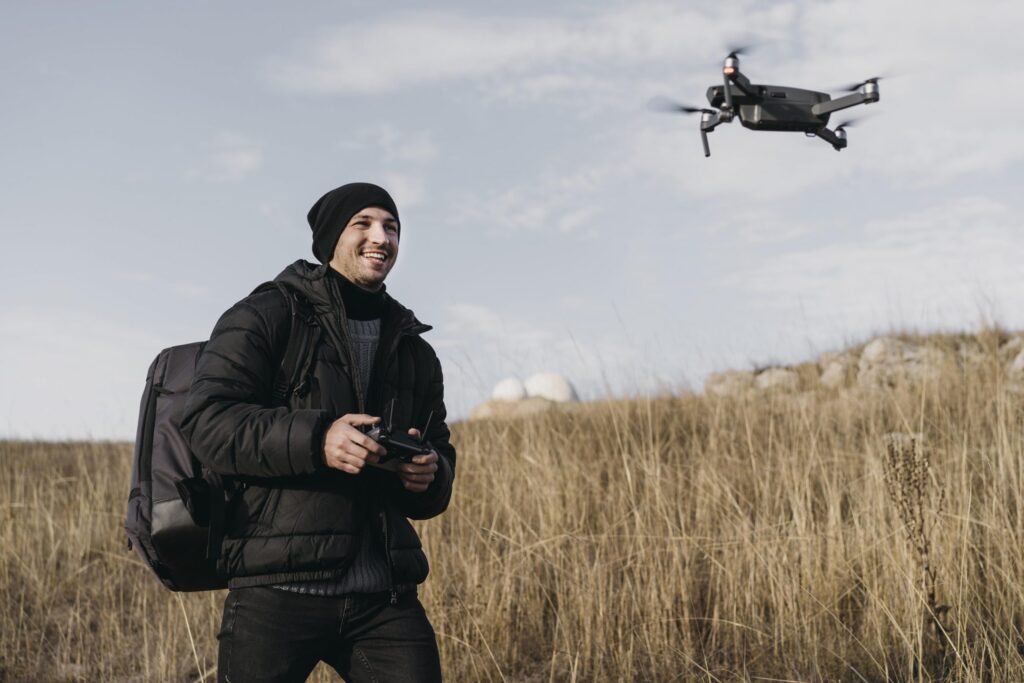Beyond Vision Line Of Sight (BVLOS) refers to the operation of unmanned aerial vehicles commonly known as drones at long distances, that are outside the normal visible range of the operator. Most drones are mechanically capable of flying beyond visual line of sight, but it is deemed to be unsafe and not legally allowed. BVLOS operations are designed for specific operating zones and offer maximum efficiency in tasks that involve wider distance coverage. These operations are conducted to achieve functions such as surveying, delivery of packages, surveillance, mapping, patrolling, and inventory of infrastructure.
The operation of Beyond Vision Line Of Sight drones are currently restricted to certain areas that include:
- Remote regions that are away from highly populated centers.
- The region you operate in should have less than 0.1 people per square kilometre. You can check the population density of your area here
- Airspaces such as Class G airspace where there is no air control management.
The Positive Impact Of BVLOS Operations
When fully utilized, drones have a huge capacity to provide numerous benefits, both social and economic to Canada. BVLOS systems usually offer great range and increase the regular functions of a drone. When compared to the normal line of sight operations, the BVLOS drone offers more impact in the following ways:
Easier Access To Remote Or Dangerous Regions
Due to its ability to cover long distances, it is now possible to access and explore zones that are marked as dangerous using the BVLOS drones.
Efficient By Saving Time On Resources
The BVLOS drone systems are automated and require less or zero manual operation activities from a pilot. Since they go for long distances, they save on time and financial resources, as there will be fewer landing and take-off sessions. These types of systems are much cheaper than helicopters which are used in similar projects.
High-Quality Data Collection
Because they operate at lower altitudes than satellite or most manned aircraft, the data collected by Beyond Vision Line Of Sight drones are perfect for high-resolution data projects. These drones are able to provide timely data as large amounts of information are collected within a shorter time period and in fewer flight operations than in the standard visual line of sight drone operations.
Mapping And Surveying Long Distance Regions
The technology used by BVLOS systems allows for a high level of accuracy and efficiency in mapping and aerial surveying projects. High-tech LiDAR systems, for example, enable drones to execute such projects regardless of the vegetation cover and topographic condition of the area.
Inspection And Management Of Infrastructure And Agricultural Projects
Power lines, buildings under construction, farms, and pipelines can all be supervised and inspected using BVLOS systems. This significantly saves on manpower that could have been employed to manage these vast projects.
Quick Response During Search And Rescue Operations
During emergency situations, drones have the capacity to offer rapid response times in situations where they are required to search a large land area and locate people that are under immediate threat or danger.
Drone Safety Concerns Surrounding BVLOS
Beyond Vision Line Of Sight operations carry a huge amount of risks when compared to the normal VLOS drones. For instance, where the operator assesses the operation through a remote camera and in some fully automated cases where there is no observation, there will be a heightened risk of accidents. Another major hurdle with BVLOS is unauthorized drone traffic. Imagine there are different vehicles speeding in all directions on the highway, this is the issue in the air with unauthorized drone traffic. Because of these, strict guidelines have been placed by Canadian aviation authorities to ensure overall drone safety.
Flying BVLOS is typically considered only for commercial applications and requires at a minimum: operational documentation and tracking, safety programs, pilot and support staff training programs, detect and avoid sensor and software systems.
The commercial operator is required to have mandatory training programs for staff and must attain certified documents and safety equipment to help in risk mitigation during the operations. Canada’s VICTORYUAV Pilot Training offers comprehensive training to equip pilots with extensive knowledge and practical experience for operating simple and advanced drones.
The aircraft used for these operations has to have minimum capabilities such as sense-and-avoid (SAA) or detect-and-avoid (DAA) that will aid in long-range detecting and avoiding obstacles such as other aircraft, towers and birds.
Some of the popular safety instruments that should ideally be in a BVLOS drone include powerful onboard sensors such as LiDAR, acoustic, visual, or radar cameras. Information from the drone is sent through a telemetry link that transmits details such as the speed, direction, position, and altitude of the drone.
BVLOS Waiver
BVLOS operations can only be conducted with special approvals in the form of waivers. A Beyond Vision Line Of Sight waiver is a special permit issued by Canadian aviation authorities that will give a person permission to fly BVLOS while adhering to the conditions laid out in the regulating documents. Getting this waiver is no simple feat, as the operators need to display their competency in managing and minimizing flying risks within the operation region such as other aircraft, people, and buildings.
Canada has set its own unique rules to regulate the approval and issuing of Beyond Vision Line Of Sight waivers. To attain this waiver a lot of factors have to be considered and verified. This includes things like:
- The safety of aircrafts and safety equipment to be used.
- Advanced Training for BVLOS flight operations.
- Understanding and adhering to regulatory guidelines.
- BVLOS approvals.
Transport Canada, which is the regulator for drones in Canada has only issued 3 authorizations for BVLOS in Canada so far. There were two in 2020 and one recently this year.
Detailed documentation that supports your competency, aircraft capabilities, and flight operations procedures and emergency protocols will go a long way in getting your submission approved.
Requirements To Fly BVLOS
Getting an authorization for BVLOS flight from Transport Canada involves being prepared not only with minimum requirements but also with extensive testing and demonstrated success. Initial flight tests for BVLOS require an approved “Special Flight Operating Certificate.” With demonstrated success, safety, documentation and communication with Transport Canada, applicants may apply for another SFOC.
Getting authorization is a multi-step process that is being fine-tuned and developed by Transport Canada. Canada and other countries are monitoring the situation surrounding drone regulation, especially regarding BVLOS. Allowing beyond visual line of sight has huge safety ramifications and is being taken very seriously and cautiously by Transport Canada which manages flight regulations and authorization.
In order to get this certificate you need to have completed the following:
- Check and confirm that the area you will operate in is in a deserted region.
- Affirm that you will operate in atypical airspace that has no air control.
- Certify that you have fully understood the Advisory Circular 903-001 code.
- Read and understand the SFOC Checklist which is with the application form.
- Duly completed the Operational Risk Assessment (ORA) that is detailed in the Advisory Circular 903-001 code.
Once you complete training with an emphasis on BVLOS flying and drone safety and verify that you have all the outlined requirements, you can apply for an SFOC certificate. It takes Transport Canada approximately 21 days to review and issue SFOCs to successful applicants. Beginning in 2020, there have only been three SFOCs granted for BVLOS in Canada. One was to Canadian UAV, another was to In-Flight Data and most recently, Volatus.
Beyond Vision Line Of Sight technology has broadened drone applications and operators can take advantage of the increased ability to explore isolated zones, as well as execute projects that are extravagant, and almost impossible using traditional means. If you need assistance or more information on how to get started on your BVLOS operations, get in touch with VICTORY UAV Pilot Training today.

